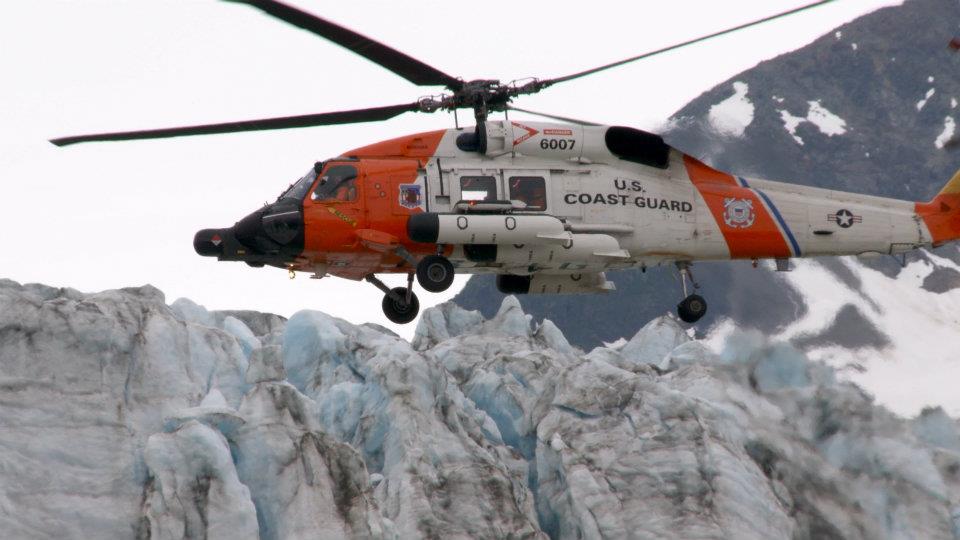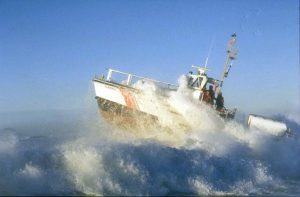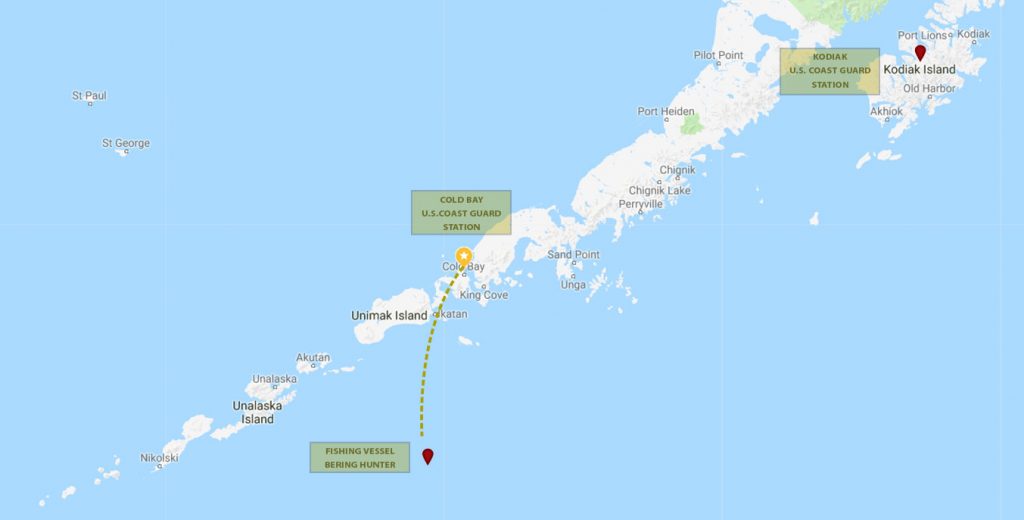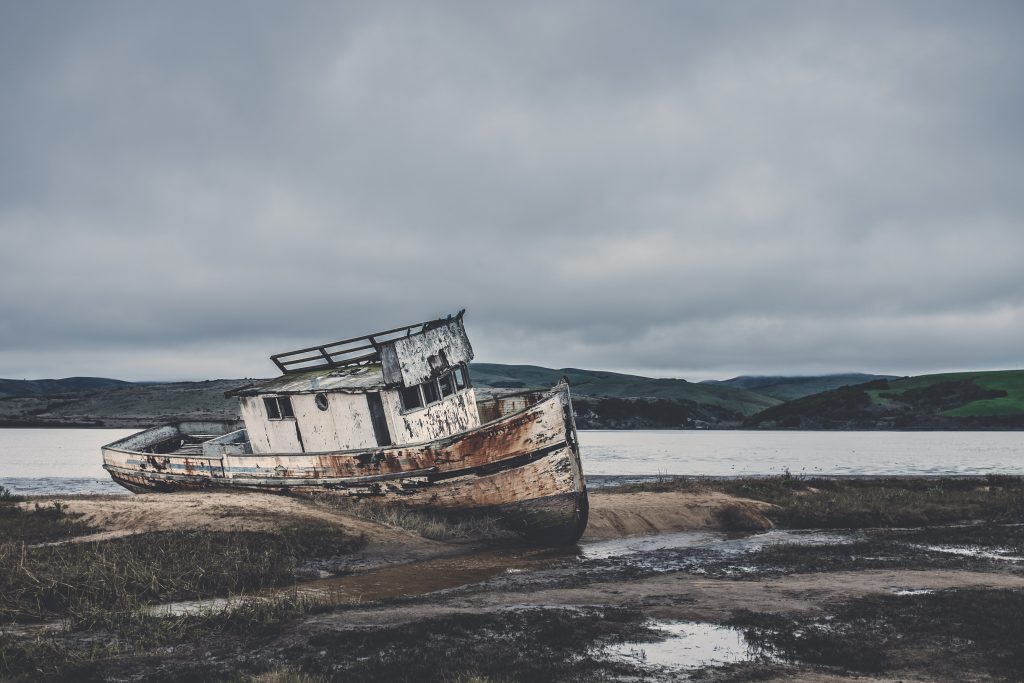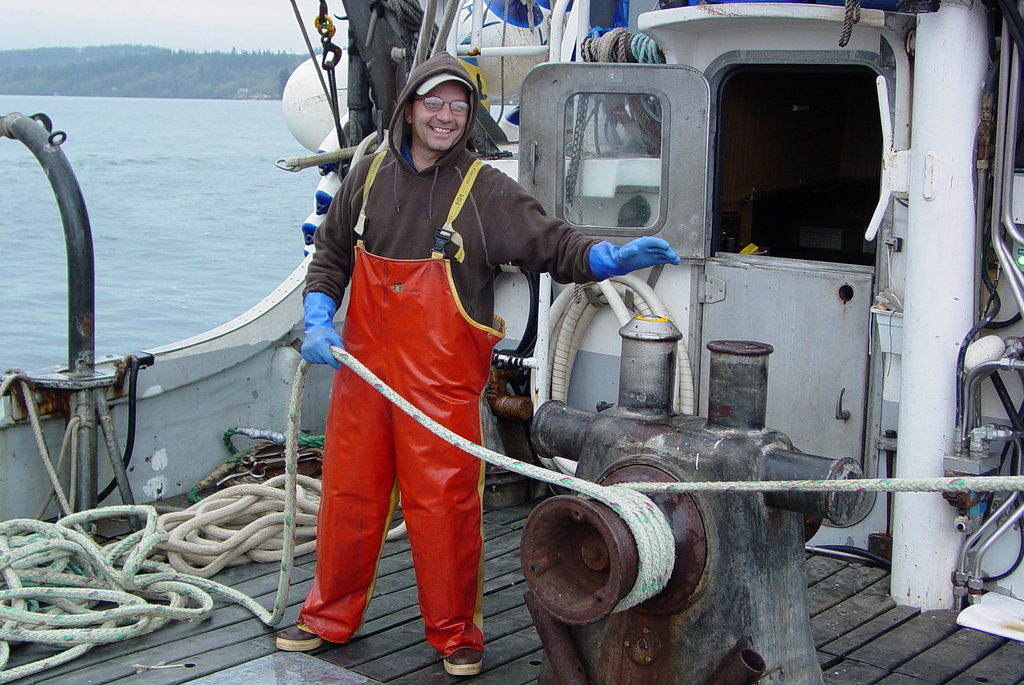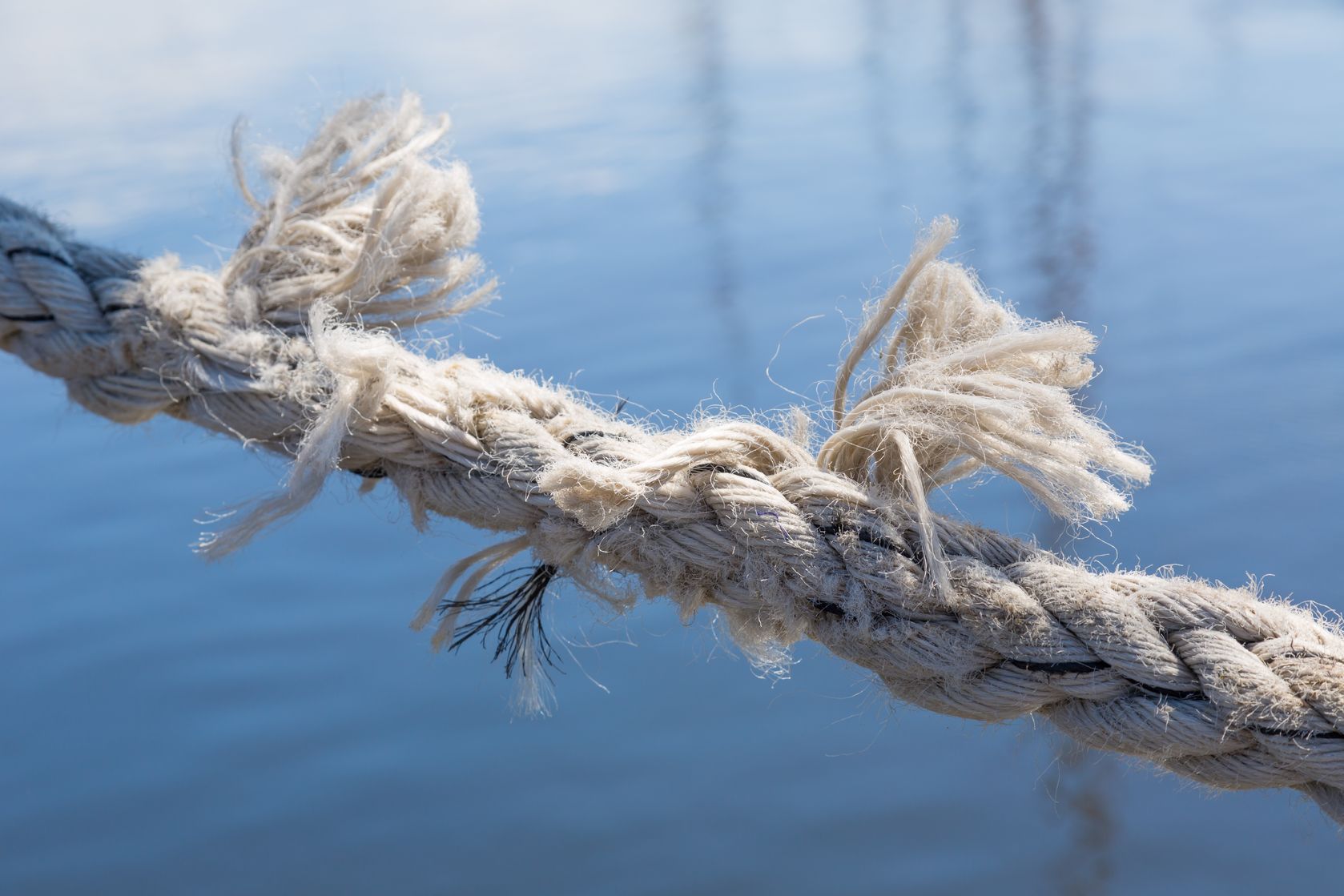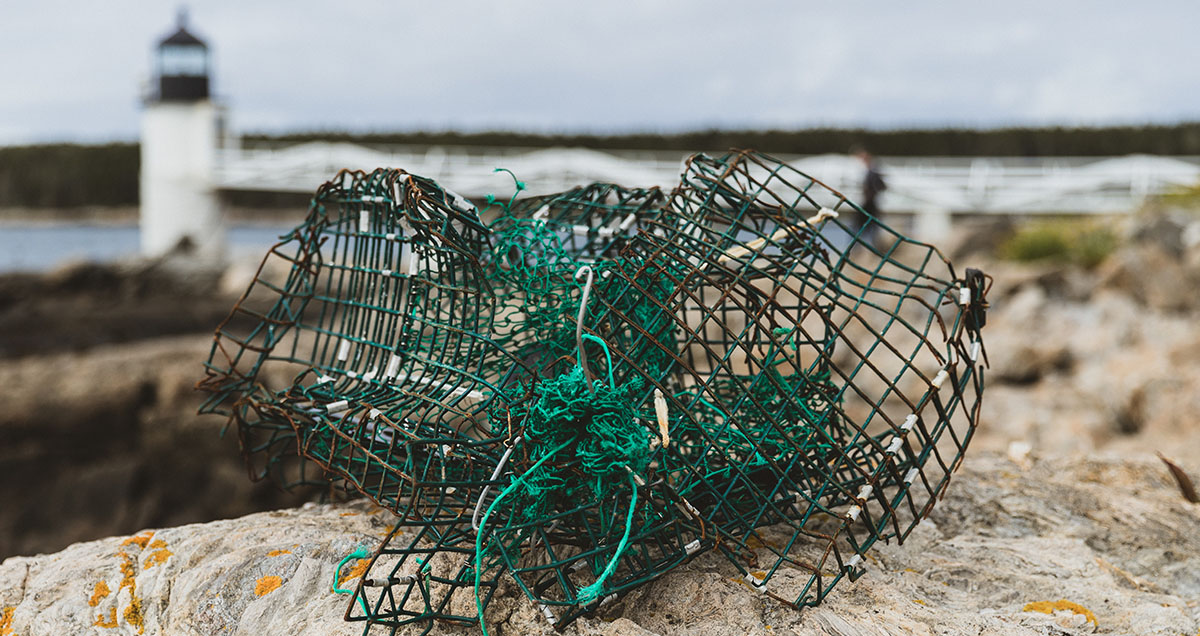Ladder and Step Accidents in the Maritime Trades
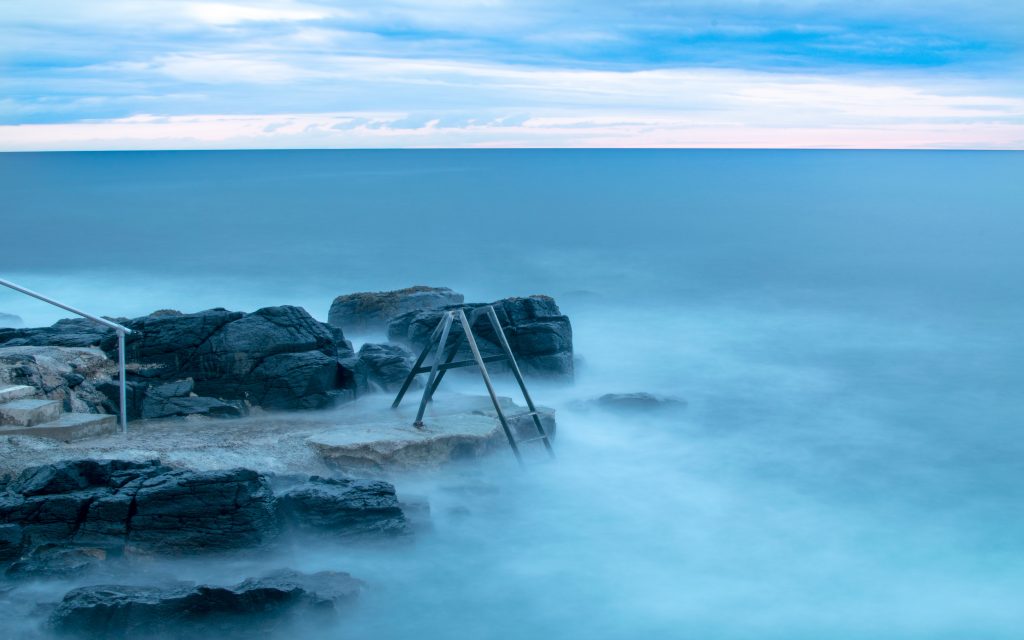 There are times when a maritime worker must access high areas on a vessel or travel from one deck to another. In these instances, it makes sense that ladders and steps would be employed. If working at sea weren’t already hazardous enough, enter the dangers of ladders, steps, and gangways.
There are times when a maritime worker must access high areas on a vessel or travel from one deck to another. In these instances, it makes sense that ladders and steps would be employed. If working at sea weren’t already hazardous enough, enter the dangers of ladders, steps, and gangways.
Ladders can be such a hazard, that the CDC’s National Institute for Occupational Safety and Health (NIOSH) has developed a Ladder Safety App for workers, employers, and homeowners. The app contains information and tools to prevent extension and step ladder-related fall injuries and deaths. The app is free, and it has been downloaded over 120,000 times. According to the CDC, ladder and step accidents happen for many reasons, but the following are most common:
- Incorrect extension ladder setup angle
 Maritime Injury Law Blog
Maritime Injury Law Blog



